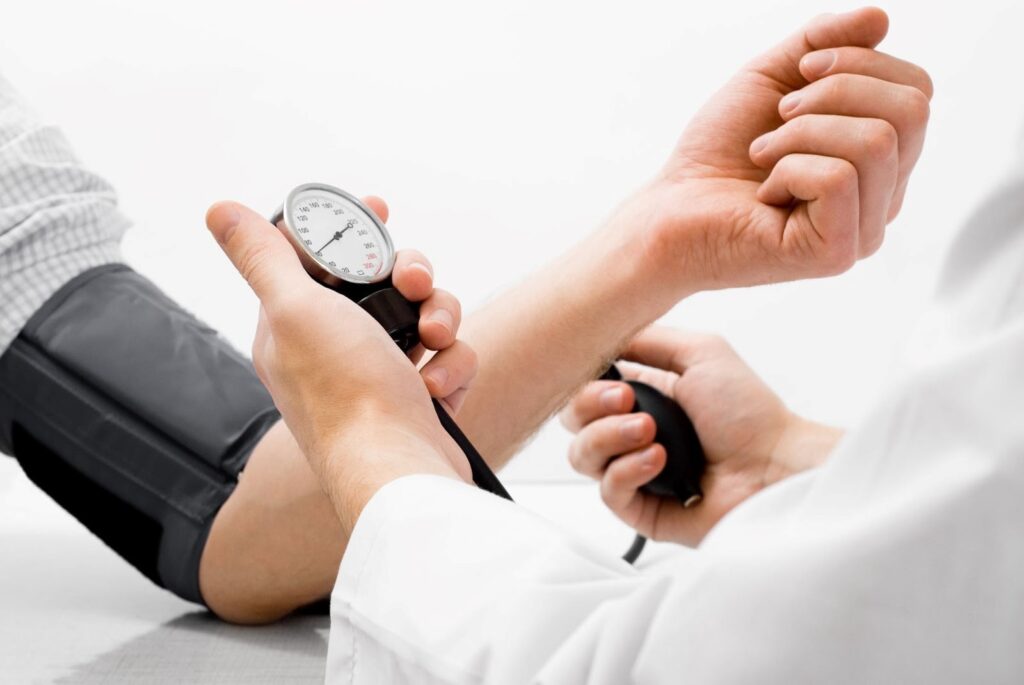Hypertension in Children: A Rising Concern
Historically, hypertension was primarily seen in adults, especially those over 40. However, in recent years, there has been a concerning rise in hypertension among children and adolescents, largely due to poor diet, sedentary lifestyles, and increasing obesity rates. Children as young as 6 or 7 years are now being diagnosed with high blood pressure, a condition that was once rare at this age.
Blood Pressure on Rise? Here’s How to Keep It In check
Hypertension, or high blood pressure, is a serious condition in which the force of blood against the walls of your arteries is consistently too high. Blood pressure is recorded in millimeters of mercury (mmHg) using two measurements:
- Systolic pressure (when the heart beats)
- Diastolic pressure (when the heart is at rest between beats)
A normal blood pressure reading is 120/80 mmHg, while hypertension is typically diagnosed when readings consistently exceed 140/90 mmHg.
Hypertension in India: A Growing Concern
According to the World Health Organization (WHO), approximately one in four adults in India suffer from hypertension. Alarmingly, only about 12% of these individuals have their blood pressure under control. This highlights the importance of awareness and effective management strategies for hypertension.
The DASH Diet: A Proven Solution
Research has shown that the DASH (Dietary Approaches to Stop Hypertension) diet, combined with reduced sodium intake, effectively lowers blood pressure. The DASH diet, introduced in the late 1990s by the National Institutes of Health (NIH), focuses on nutrition to reduce high blood pressure. Developed from the DASH trial (1993-1997), it emphasizes foods rich in potassium, calcium, magnesium, and fiber, while limiting sodium intake.
Key components of the DASH diet include:
- Fruits and Vegetables: Aim for 4-5 servings of each per day, as they are rich in potassium, which helps balance sodium levels.
- Whole Grains: Include foods like whole wheat, oats, brown rice, and quinoa.
- Lean Proteins: Focus on fish, poultry, beans, nuts, and seeds for heart health.
- Low-Fat Dairy: Choose low-fat or fat-free products such as milk, yogurt, and cheese.
- Healthy Fats: Incorporate fats from olive oil, avocado, and fatty fish, which are beneficial for heart health.
- Limit Sodium: Reduce processed foods and aim for 1,500-2,300 mg of sodium per day.
- Increase Potassium: Foods like bananas, potatoes, spinach, and beans can help regulate blood pressure.
- Limit Alcohol and Caffeine: Moderation is key, as both can raise blood pressure.
Causes of Hypertension
Hypertension is often caused by:
- Poor diet (high salt and processed foods)
- Lack of exercise
- Genetic factors
- Obesity
- Smoking
- Stress
Consequences of Untreated Hypertension
If left untreated or not in control, hypertension can result in severe health problems such as:
- Heart disease
- Stroke
- Kidney damage
- Vision loss
Since hypertension often has no symptoms, regular monitoring is crucial for early detection.
Prevention & Treatment of Hypertension
Managing hypertension involves making lifestyle changes and taking medication if needed. Here are some key steps:
- Healthy Eating: Follow a balanced diet like the DASH diet, with an emphasis on fruits, vegetables, whole grains, and low-fat dairy while limiting sodium.
- Physical Activity: Try to engage in at least 30 minutes of moderate exercise on most days of the week.
- Stress Management: Practice relaxation techniques such as meditation or yoga to help reduce stress.
- Regular Monitoring: Check your blood pressure regularly to catch early signs of hypertension.
- Treatment: For some, medication may be required in addition to lifestyle changes.
Lifestyle Changes for Managing Hypertension
- Eat Healthy: Focus on a diet rich in fruits, vegetables, whole grains, and low-fat dairy. Limit processed foods and sodium.
- Stay Active: Strive for at least 30 minutes of moderate exercise on most days.
- Achieve a Healthy Weight: Shedding excess pounds can greatly help lower blood pressure.
- Limit Alcohol and Quit Smoking: Both alcohol and smoking can raise blood pressure, so reducing or eliminating them is essential.
- Manage Stress: Incorporate relaxation techniques like yoga or meditation into your daily routine to lower stress.
- Monitor Blood Pressure: Regularly check your blood pressure to stay on top of any changes.
- Follow Medical Advice: If necessary, take medication as prescribed by your healthcare provider to control your blood pressure.
“By embracing healthier lifestyles and proactive management, we can reduce the rising threat of hypertension and ensure a healthier future for generations to come.”
Author- D. Sreenidhi Varma
Clinical Dietician
Team Amnax Health

